
The articles in part 1 of this Special Report provide concise reviews of important research findings and clinical applications of mindfulness meditation, breath practices, and uses of CAM therapies for perinatal depression.

The articles in part 1 of this Special Report provide concise reviews of important research findings and clinical applications of mindfulness meditation, breath practices, and uses of CAM therapies for perinatal depression.
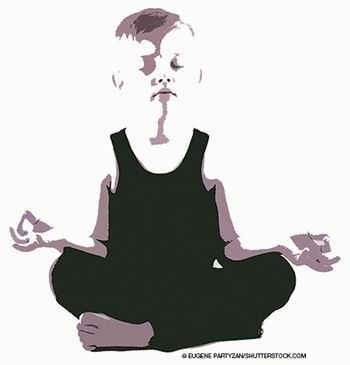
This review provides information to assist clinicians who are considering mindfulness meditation for their patients.
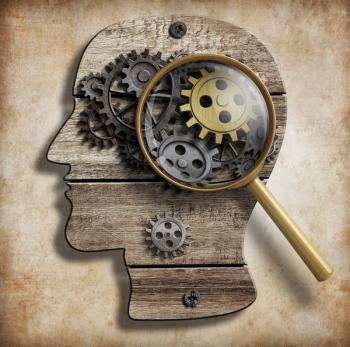
Slow voluntarily regulated breathing practices are noninvasive, easy to learn, and generally safe for treating patients with symptoms of anxiety, insomnia, depression, stress- and trauma-related disorders, ADHD, schizophrenia, and substance abuse.
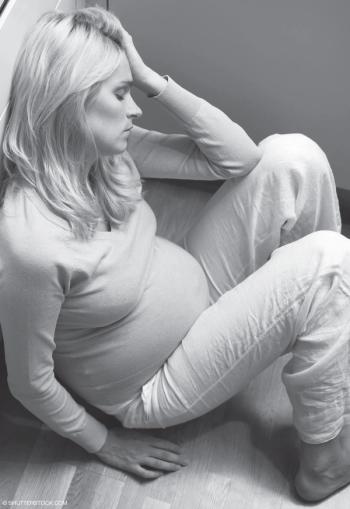
Many women choose to avoid standard treatment for perinatal depression, and instead prefer integrative treatments that incorporate complementary and alternative therapies. This article reviews the evidence base for these treatments.

Recent studies demonstrate the far-reaching effects of childhood trauma related to depression and suicidality in adulthood. The evidence to support these associations is presented here.
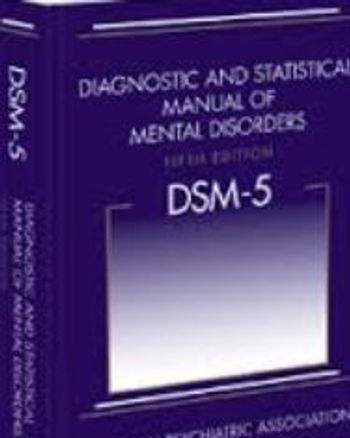
Psychiatrists can serve a pivotal role in reducing sexual offender recidivism by treating individuals with paraphilic disorders. Details here.

These few stories of refugees remind us what a stress to one’s sense of self the immigrant experience entails. They emphasize how important this perspective is when we are asked to evaluate and treat those recently here in the US, and sometimes those who have been here for a generation.

"You just never think people like that can have normal children.” And then I I think of when I was 14 years old and answered a late-night phone call at home.

New research over the past decade has suggested that links between media violence and child aggression are less clear than previously thought. How has our understanding of media violence effects changed?

When a psychiatrist evaluates a patient, there is much to be valued in trying to adopt the patient’s internal perspective of cultural mores and world views. But what are the limits to cultural sensitivity?

Here: a review of issues related to assessment of patients for suicide risk in the ED -- and an overview of emerging approaches and research that one day will lead to more reliable assessment and interventions based more on science than on art or luck.
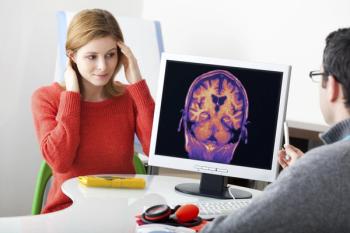
This article provides an overview of the role of neurofeedback as an intervention to target symptoms associated with psychiatric disorders.

Sleepless in New Haven, I read this hotel room’s only other book. Power-suited lawyers on the back cover advertise to sue for antidepressant suicides if families will call 1-800-BAD-MEDS...

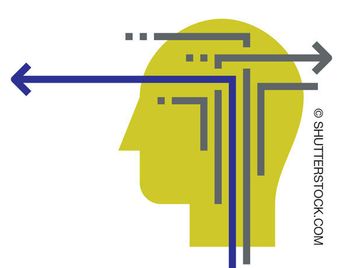
To this day, I fiercely debate whether I would want to remember such an experience if it had happened to me. How tortured would I feel?
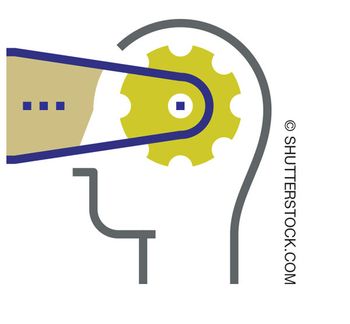
Now, when I think back O.P's plight and isolation, I marvel that he could remain standing. He reminds me of many other courageous young men-the writer, the newly graduated physician, and all the others whom I treated and who died of AIDS. He also reminds me of the vibrant gay community that was destroyed by a microscopic retrovirus.
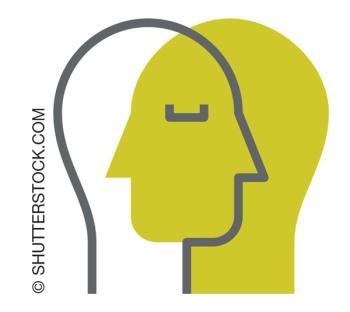
Jewell’s answer taught me that successful diagnosis and treatment of an illness weren’t everything. They were not the most important things.
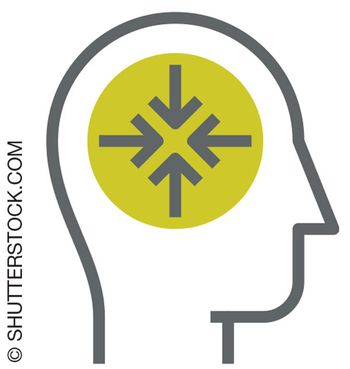
Being an outpatient psychiatrist is a lot like being married. Things go along, the same-old, for long periods. But then there's a moment. Today, with Leslie, I remember why I love my work.
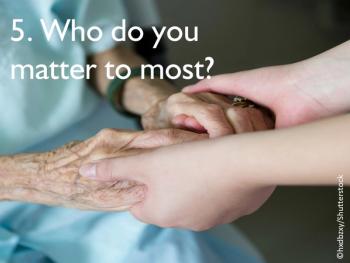
When even listening fails, presence is all that’s left.
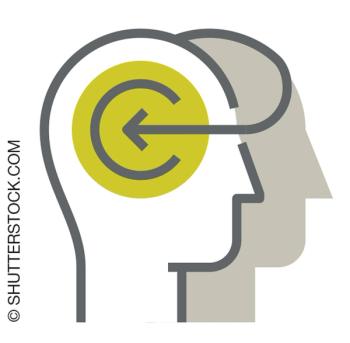
This is the story of Peter. I feel chosen to have gotten to know him and to have the memory of what such an experience has carved into me.

The public has questioned the wisdom of a judge to release a psychiatric inpatient, but not just any patient. Enter our metaphoric haunted house at your own risk.

“Election addiction disorder, undifferentiated, DSM-5A-177.6x” is characterized by an overwhelming need to watch anything and everything related to the current race for the White House, no matter how microscopic. Clinical details and prognosis are examined here.
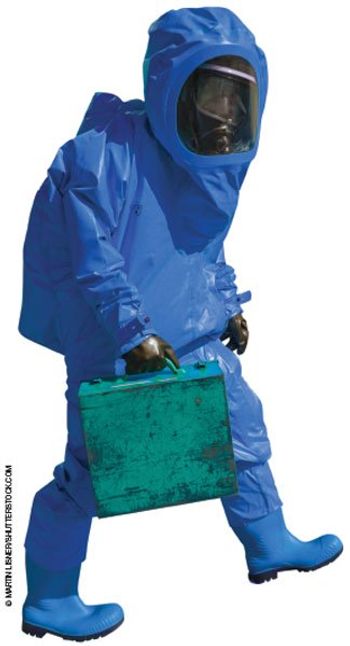
The supposed “epidemic” of mental illness turns out to be mostly a myth in the US adult population, 2000-2015.